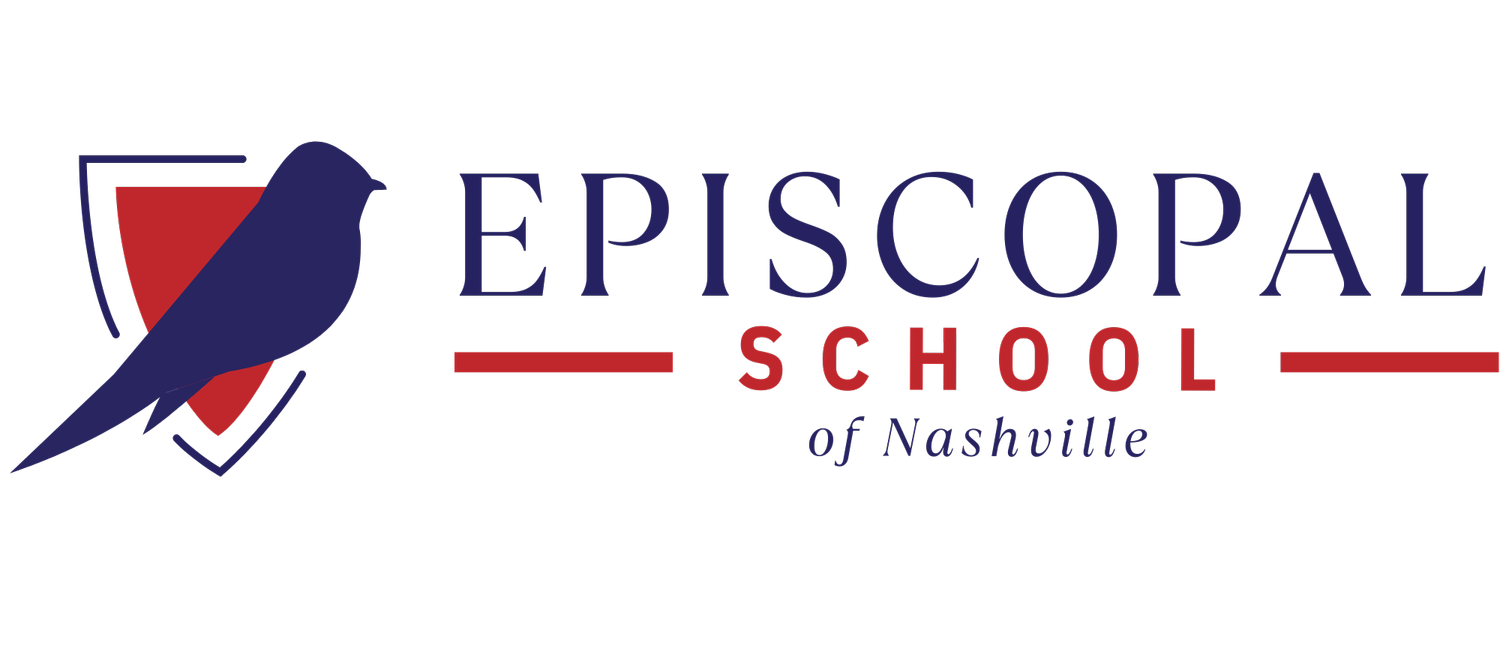Middle School
Grade 6
Creative and Intellectually Challenging: The Perfect Mix for this Pivotal Season
Middle School is an important milestone in a student’s life. Grade 6 is a time when they are transitioning from elementary school toward young adulthood, and are maturing intellectually, spiritually, social-emotionally, and physically.
These years often shape a student’s beliefs and perspectives about themselves, their communities, and the world around them.
Using the city as an extension of our classroom, our program nurtures, inspires, and guides students in Grade 6 through this important time in their lives.
Additionally, students and faculty work in partnership with community members to provide meaningful application of course skills and content.
-
The transition into a Middle School ELA classroom is marked by a shift in focus beyond simply identifying the main elements of a story, moving instead towards nurturing the ability to discuss the significance of a text and how an author’s use of language enhances a text’s meaning.
The Grade 6 students learn to make inferences, look for character change and development, and identify tone and figurative language. These new skills are supported by guided annotations, group reading, and class discussions.
Accordingly, the study of literature serves as the foundation of all of our skill building in Grade 6. Through an examination of texts such as Island of the Blue Dolphins and Brown Girl Dreaming, the students learn how to read critically, identify and evaluate important language from the text, find their academic voice in class discussions, and begin to generate more formal written reflections.
This exploration of literature is complemented by a text-based study of vocabulary. Students define and practice using words in context and then build towards incorporating these words into their own speech and writing.
Finally, the Grade 6 student also engages in the study of basic sentence structures, parts of speech, and the fundamental rules of punctuation, all in the service of helping them to become better readers, writers, and thinkers.
-
Mathematics in Grade 6 is built to strengthen the skills learned in the lower school (place value, multiplication and division, fraction, decimals, percents) while introducing more complex problem solving and pre-algebra concepts.
The curriculum covers a wide variety of topics including ratios, proportions, integers, percents, fractions, decimals, and an introduction to algebraic thinking.
The content is designed to lay the foundation for future math studies beyond Middle School. Students work both in cooperative groups and individually while using problem sets and hands-on activities to engage the material.
Students are encouraged to take risks and boldly attempt to solve problems with strategies that are being developed.
Algebraic thinking is introduced using real life activities and data.
-
Using the OpenSciEd curriculum, students study the following topics:
Light & Matter: Why do we sometimes see different things when looking at the same object?
Thermal Energy: How can containers keep stuff from warming up or cooling down?
Weather, Climate & Water Cycling: Why does a lot of rain, hail, or snow fall at some times and not others?
Plate Tectonics & Rock Cycling: What causes Earth’s surface to change?
Natural Hazards: Where do natural hazards happen and how do we prepare for them?
Cells & Systems: How do living things heal?
-
Grade 6 Social Studies focuses on the geographical, political and technological contributions of Ancient Civilizations and World Geography, ranging from Ancient Mesopotamia, Egypt, Islamic World Africa, China, and Japan.
Critical thinking is a focus, as students learn about other cultures as a way of understanding themes that connect all human cultures and civilizations.
Students practice primary source analysis, developing opinions, and supporting our ideas with evidence, and becoming well-informed global citizens who care about the world we live in.
-
Students experience exposure and practice of basic conversational elements structures of the language in different scenarios.
Units of study include: Greetings; Introductions; Weather; Simple present tense; Verb conjugation; Responding to classroom instructions; Descriptions of themselves and others; Activities/likes and dislikes; Reflexive; Speaking and Writing 3-5 sentence segments.
Core skills include:
Speaking and Comprehension: Priority is given to speaking as much as possible, showing students the value of being able to communicate in another language. As the year progresses, increased expectations around speaking more Spanish and less English occur. Students are not expected to understand everything, nor is this the goal; the purpose is to accustom the students’ ear to the language, so they practice listening comprehension.
Daily routines include using the reflexive, practicing using dialogue in different scenarios and using basic conversational commands in Spanish. Differentiated instruction helps to meet a variety of learning styles and needs.
Reading and Writing: In keeping with maintaining high academic standards and preparing students for higher education, attention is also given to reading and writing the language. Students have daily opportunities for practicing writing, responding to prompts, developing dialogue, or writing about themselves. Spanish has one of the most consistent phonetic systems of any language. Once the students learn the basic rules of Spanish phonetics, reading and spelling become more fluid and easy to master.
Grammar: Grammar weaves its way through every core skill in this holistic approach to learning, at times in the form of specific grammar lessons and exercises, other times in reading and writing assignments.






